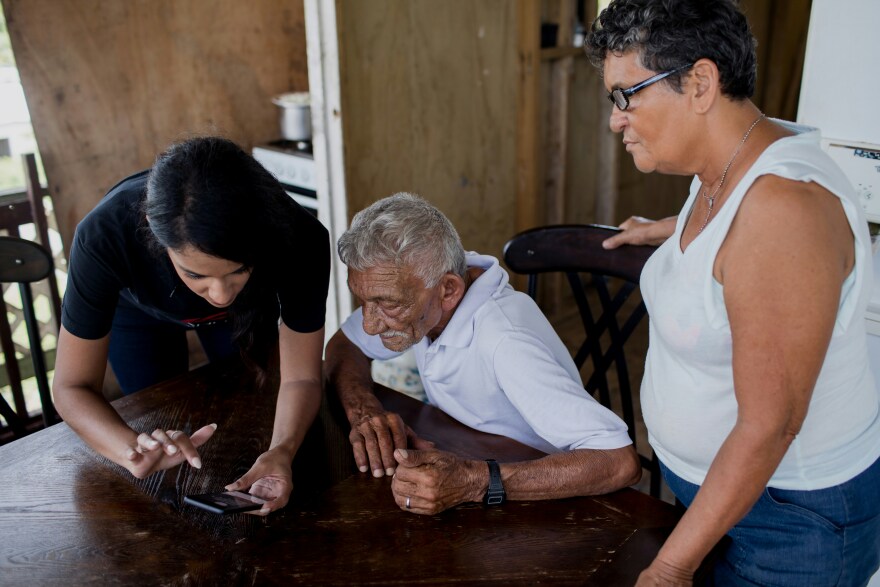It’s something that’s happening to everyone. Try as we might, we can’t stop it.
Comedian Mary Maxwell joked she never saw it coming.
"The thing about old age is that you don't get a chance to practice," said Maxwell. "This is the first time I've ever been old, and it just sort of crept up on me."
A new study shows that Santa Barbara County is getting older, with the average age of its residents climbing. There’s a major change underway in the county’s demographics, with one in four residents expected to be over the age of 60 by the year 2030. This will mean a major spike in the need for support services like caregiving, healthcare, and affordable housing.
The county has just completed a five-year master plan to address the growth in the need for senior services.
"The idea is that it's the blueprint for aging. It's not just about older adults, but it's the focus," said Barbara Finch with the Santa Barbara County Department of Social Services. She’s the director of the Adult and Aging Network, an advisory body to the Santa Barbara County Board of Supervisors.
"It originated at the state level," she explained. "The state's master plan for aging was released in 2021. There were a lot of resources for counties to take that information and do their own local plan."

Finch said from government agencies and nonprofits to the private sector, everyone needs to plan and prepare for the growing wave of seniors, and their increasing needs.
"As people age, their needs change. There will be people who live to 105 who are still fully mobile," said Finch. "But then, a lot of times aging comes with a lot of challenges, whether that's functional needs, like helping to take care of their homes, or help with personal care. They need help with cooking, they need help with medication. As people age, their needs change."
The report noted that among older adults in the county, 33% live with a disability, 20% are at risk for developing dementia, 30% experience economic hardship, and 70% will need long-term care over their lifetime.
"The reality is we need to be planning for these things," said Finch. "One of the things that our report shows is that we don't have enough people to care for folks who need help. The caregiver crisis is a real thing. And, we need to be trying to provide more support for family caregivers, because they're often the ones that end up providing care. But then, we also need to be looking at career pathways. How do we make caregiving an attractive career choice for someone?"
The report notes that while some people are well-positioned for their older years, with solid housing, a health care plan, and a nest egg for retirement, others are not. The problem could be especially acute in underserved communities, with seniors facing issues from housing affordability to access to adequate caregiving.
Finch said the report is a starting point for county agencies, nonprofits, and businesses to tailor programs and services to meet the growing need.
A number of concerns, like shortages of qualified caregivers and a lack of affordable housing, are already significant issues in the county. The needs are only expected to increase with the aging population.



